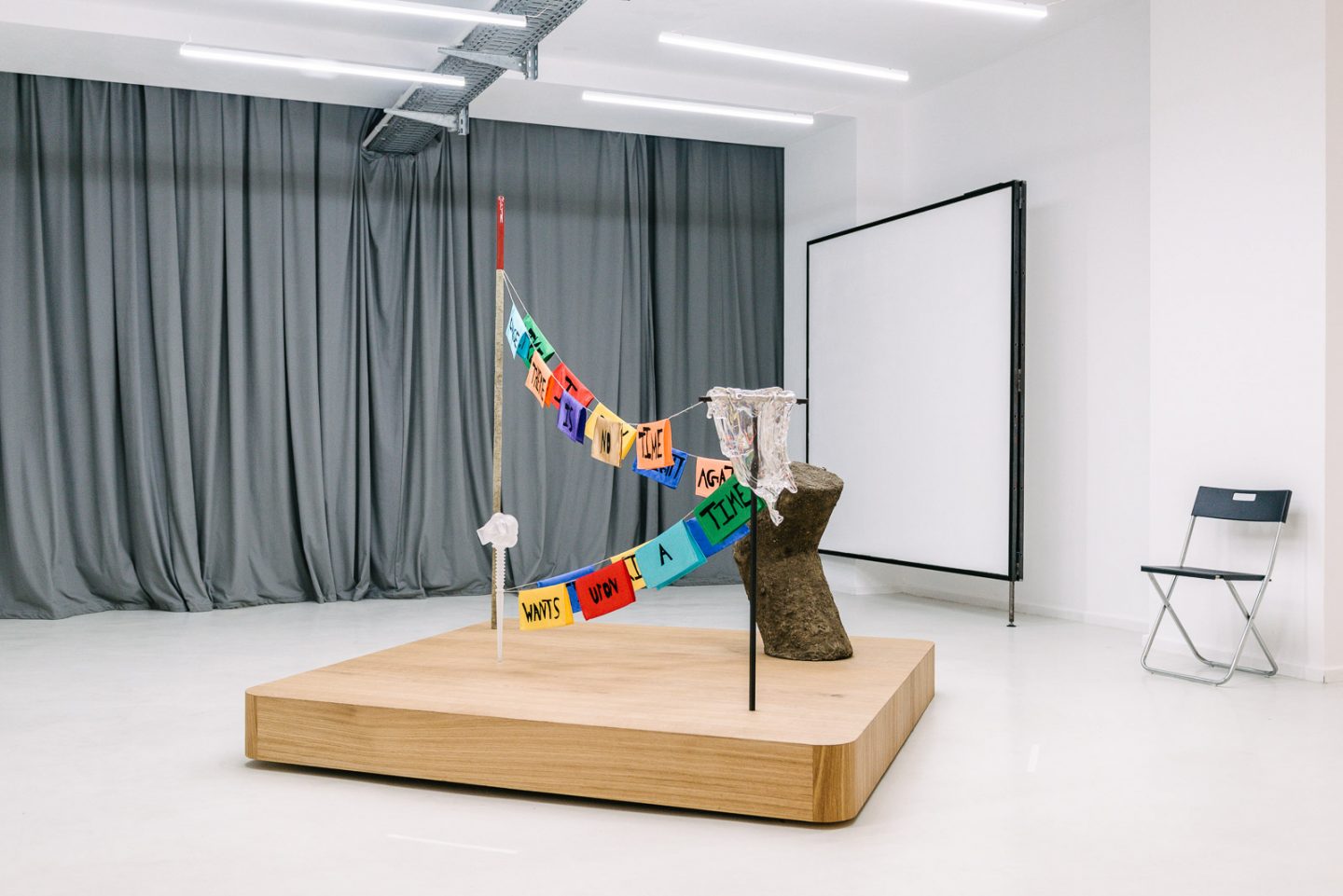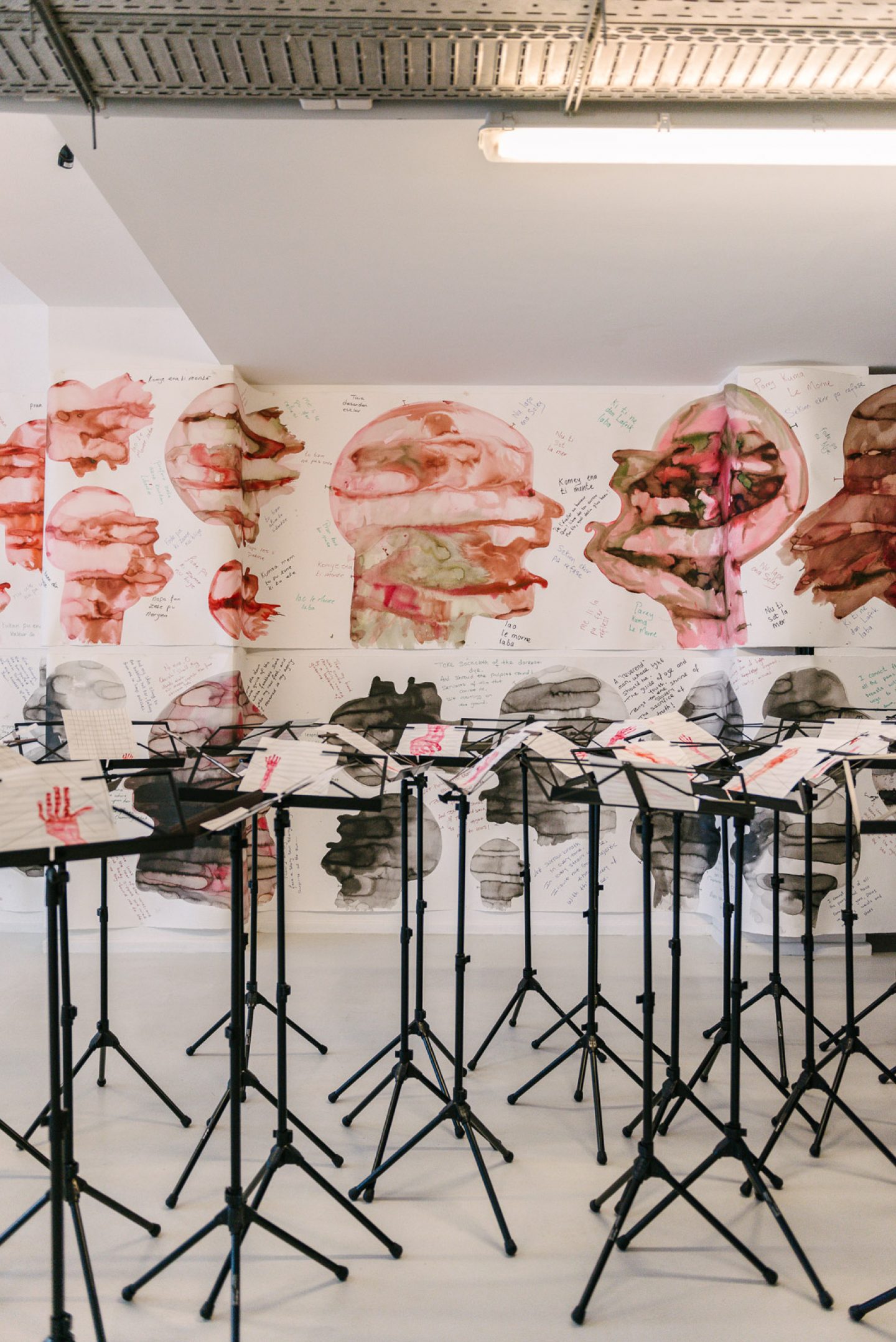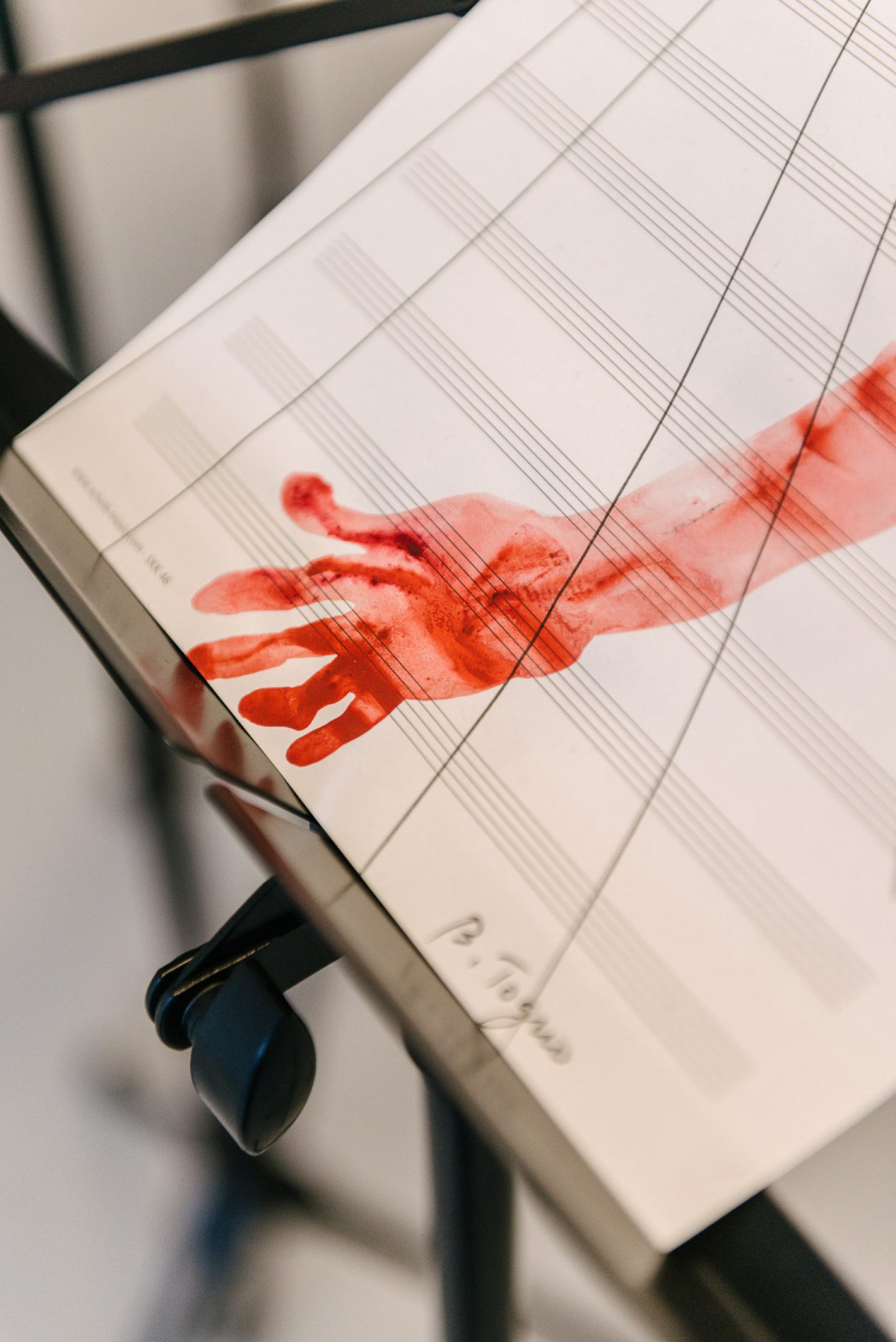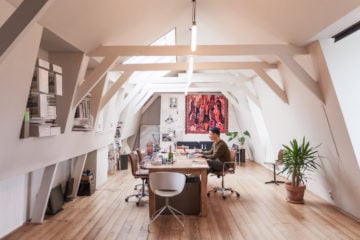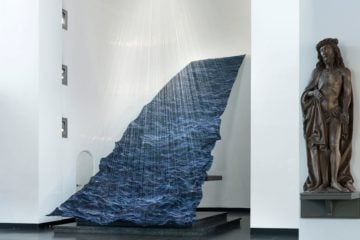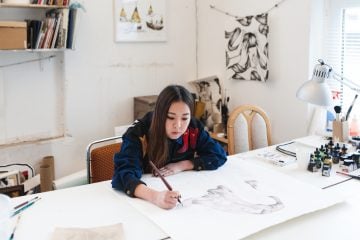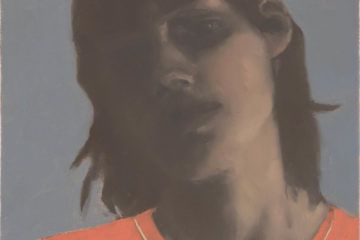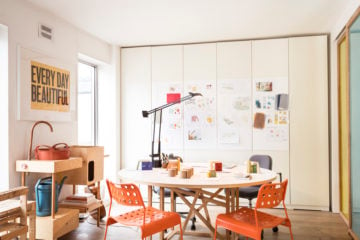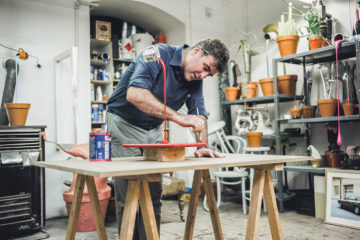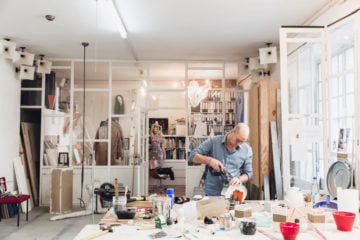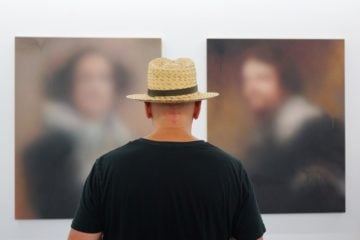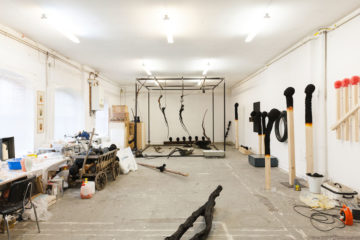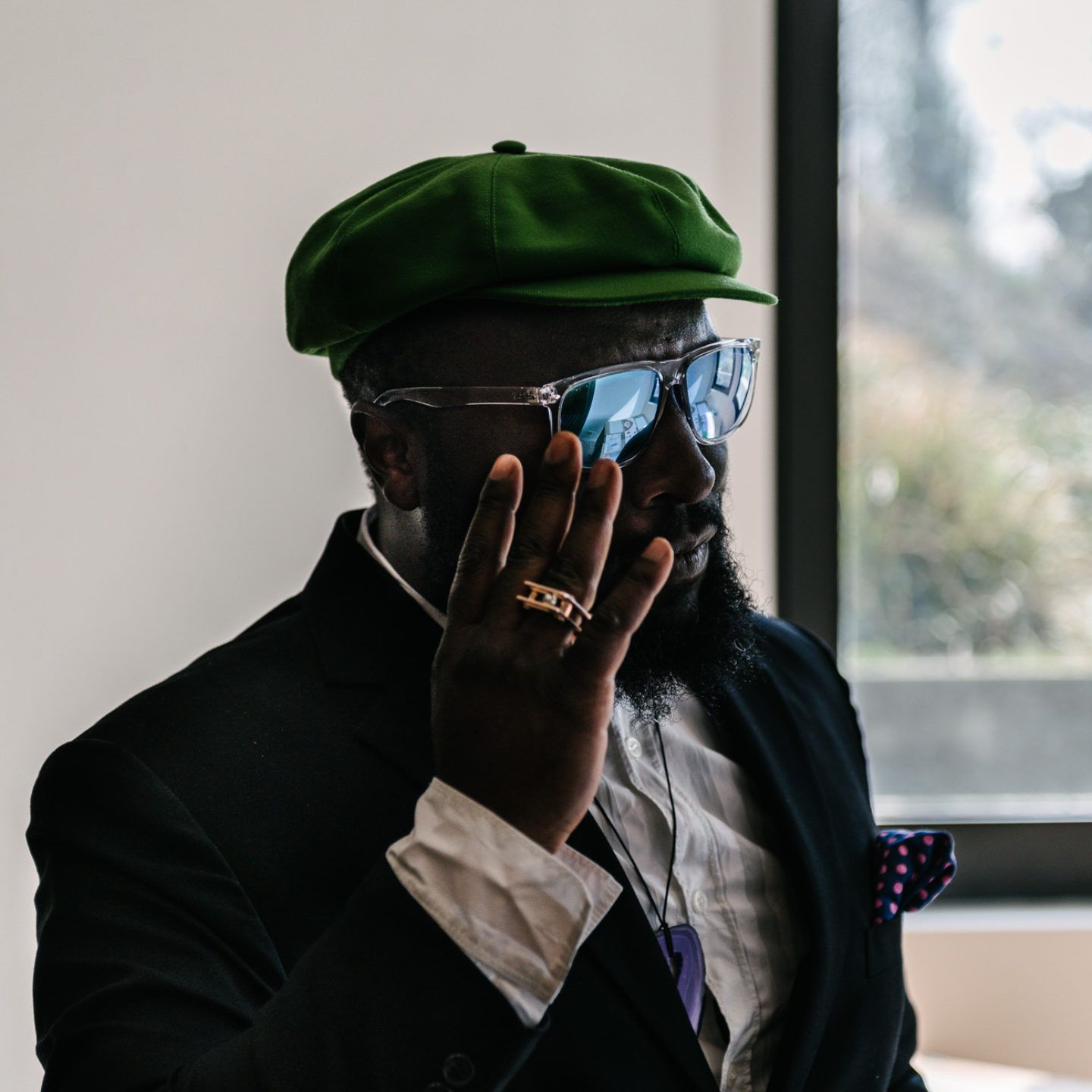
Art Must Be A Space Of Dissonance: In Conversation With Bonaventure Ndikung
- Name
- Bonaventure Ndikung
- Images
- Daniel Müller
- Words
- Rosie Flanagan
On an uncharacteristically warm April day, we meet Bonaventure Ndikung at SAVVY Contemporary. Dressed in a two-piece suit with a colorful cravat, the erudite curator and biotechnologist certainly cuts an imposing figure — but conversation quickly reveals a generosity of perspective equal to that of his renowned intellect.
Ndikung is the founder and director of Berlin cultural center SAVVY, the co-artistic director of Galerie Wedding, and was the curator at large for 2017’s documenta 14 in Kassel and Athens. His work spans art and biotechnology — a field in which he gained his doctorate at the Heinrich Heine University in Düsseldorf, before completing a post-doctorate in Biophysics in Montpellier. But if you ask him what he does, he’ll tell you drily: “What I do is think.” The curator from Cameroon has lived in Berlin for twenty years, and whilst declaring at the beginning of our conversation that he is neither aware of, nor interested in the commercial gallery scene in the capital, his insights regarding it are certainly enlightening.
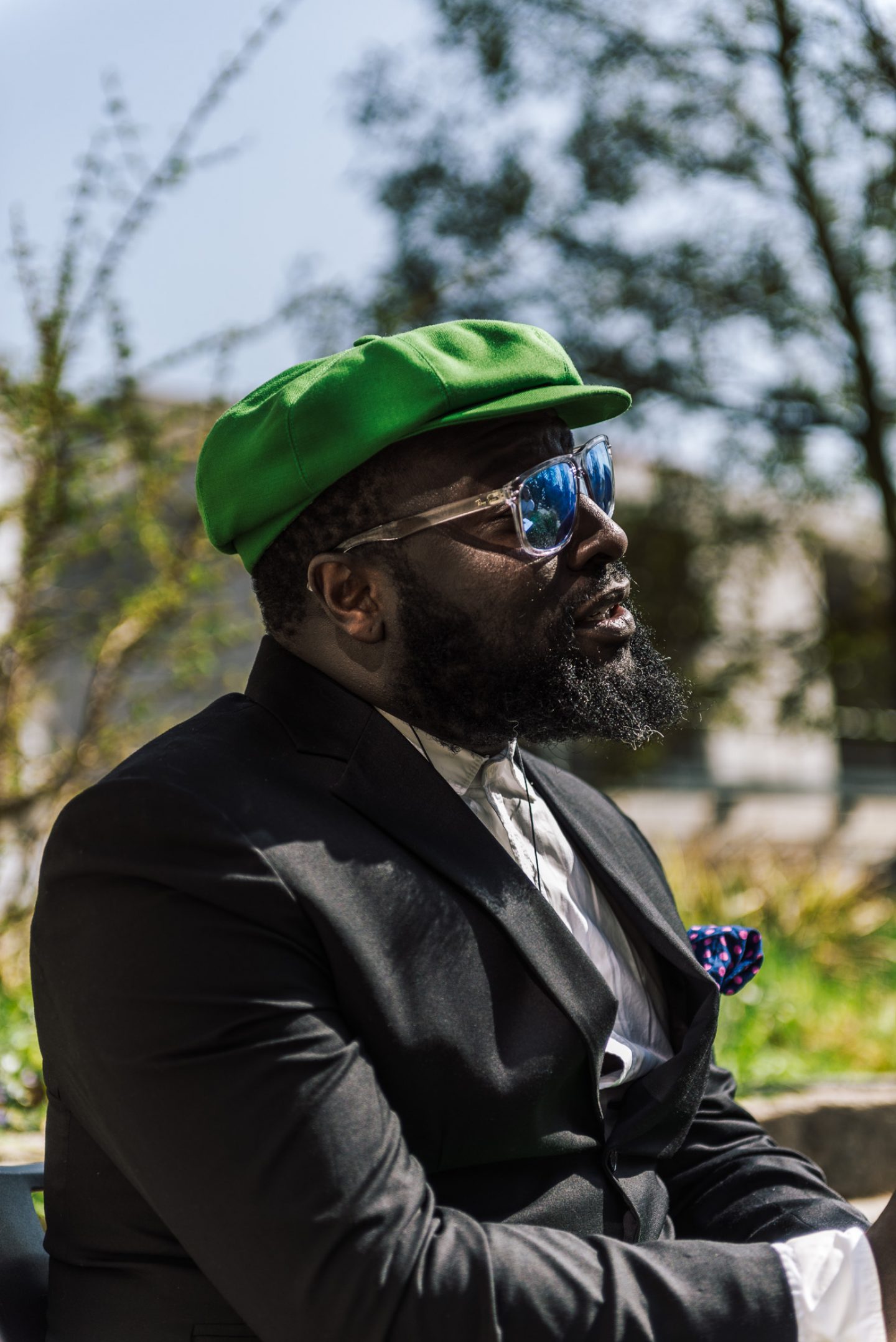
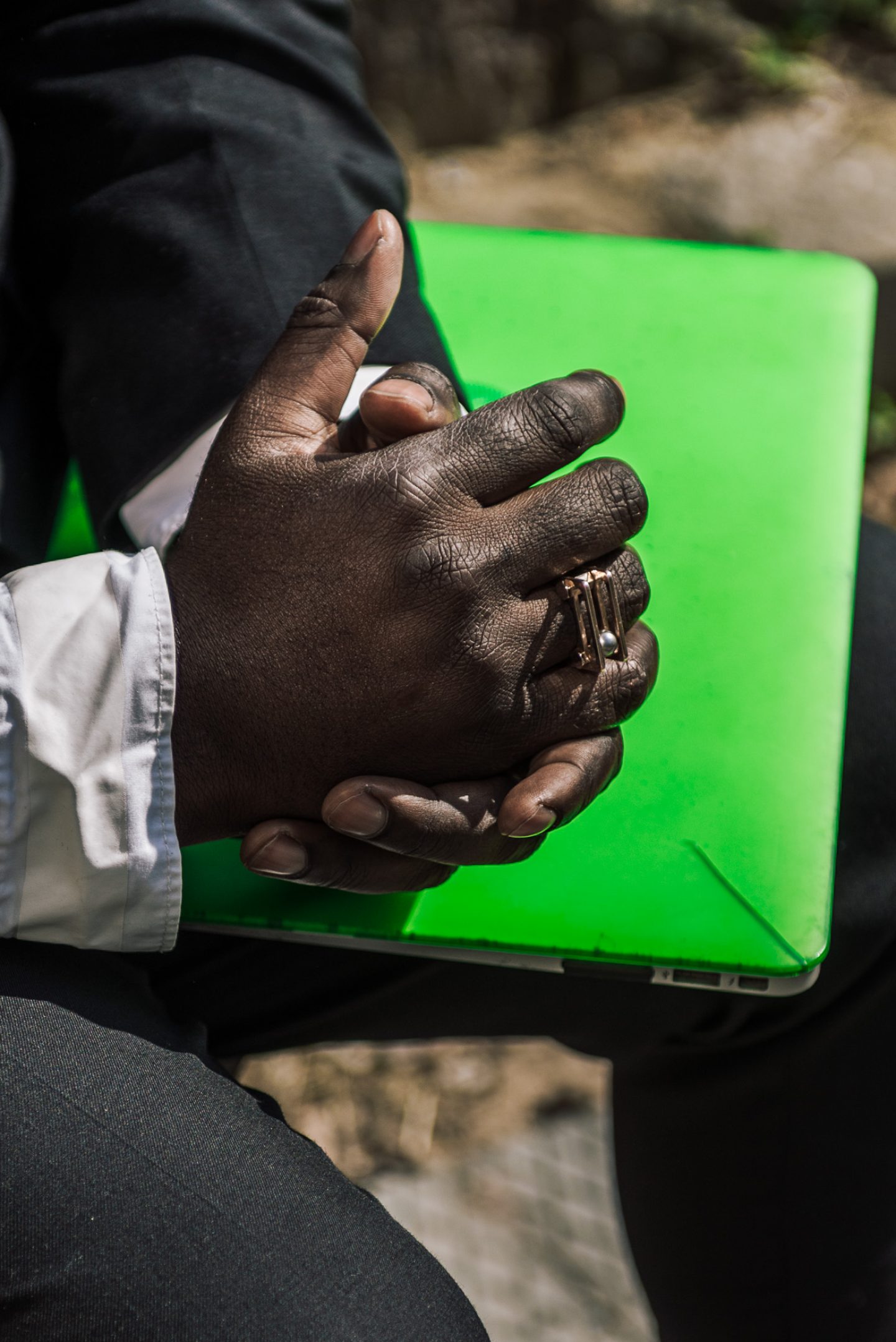
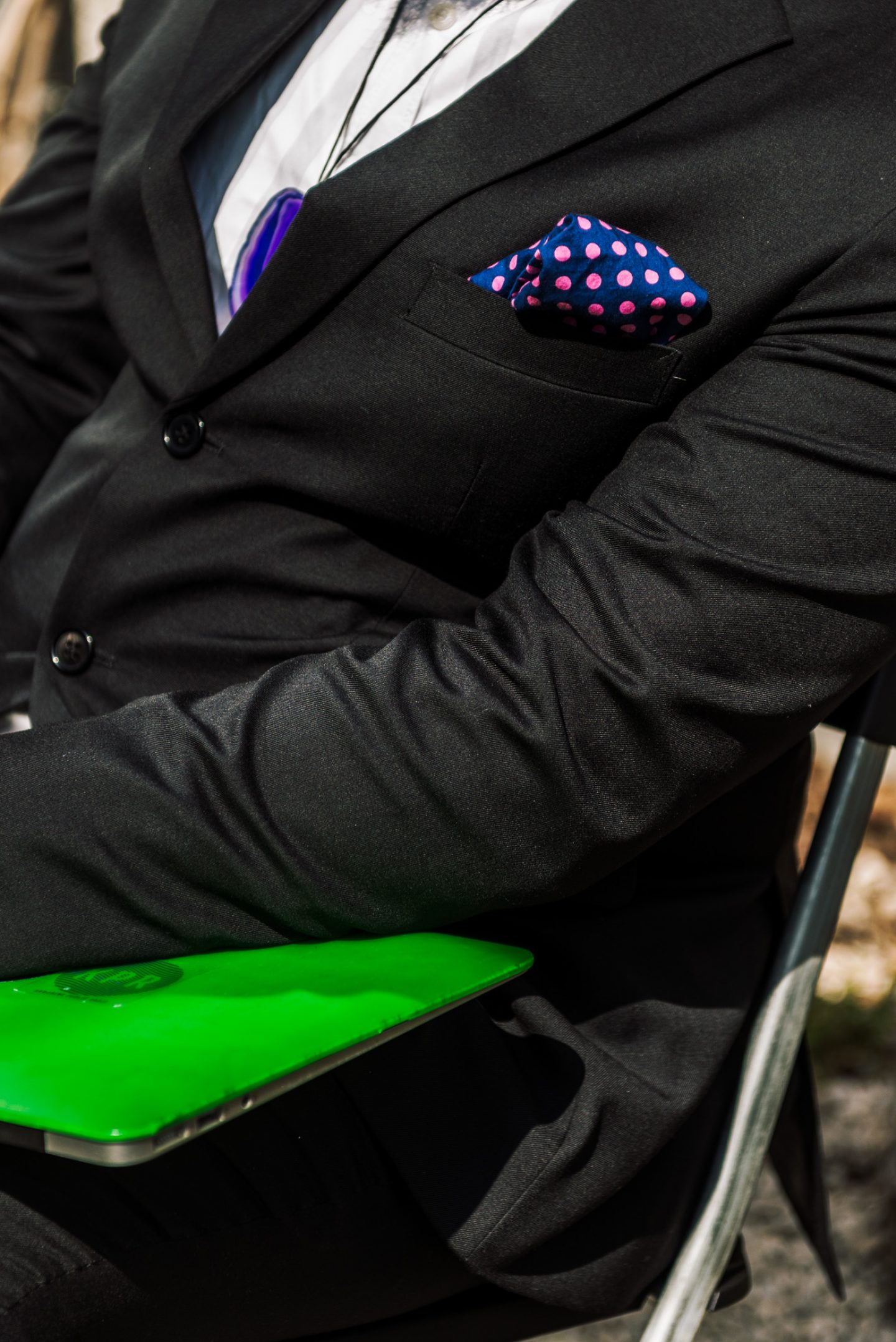
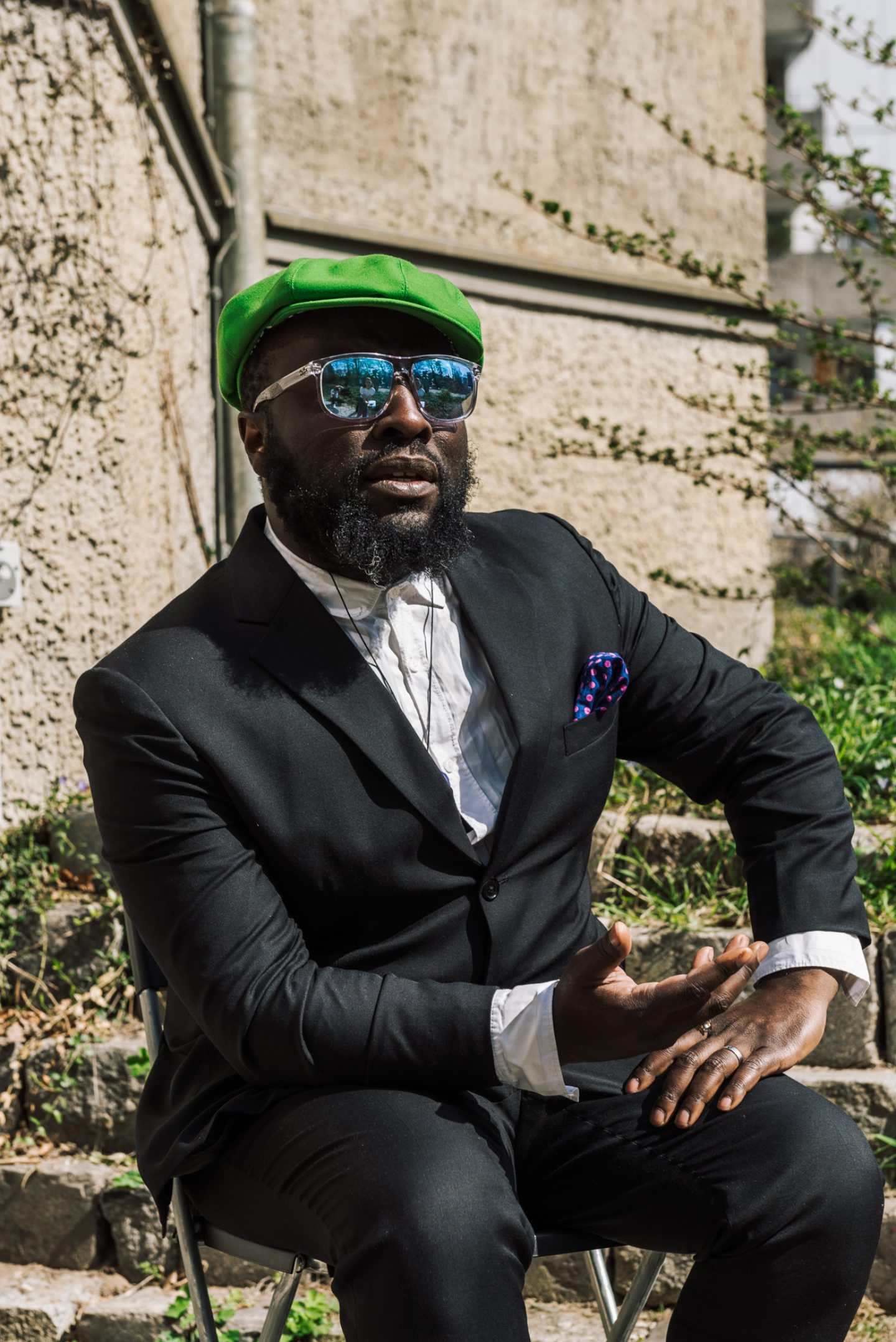
“Berlin has claimed itself as a kind of capital of the arts since the ’90s, and it claims to be inclusive, but that inclusivity or that inclusion is very limited to a Euro-American axis”, Ndikung explains. “You can come from the States and want to find your space in Berlin, and there is a high probability that you will find that space. But if you come from Latin America, or from Asia, or from the African continent — not especially.” That the Western canon still reigns in Berlin, a city famed for its radical arts climate and vibrant multicultural composition, certainly seems an indictment of the time in which we are living. SAVVY, Ndikung tells us, was founded in response to this: “What I wanted to do was to create this kind of space where you could find yourself without justifying yourself”.
Designed as a “Laboratory of Form-Ideas”, SAVVY is a hybrid space in which ‘Western art’ and ‘non-Western art’ are placed in a dialogue with one another. The cultural center’s concept, penned by Ndikung, states that it provides space to “to reflect on colonialities of power [Anibal Quijano] and how these affect histories, geographies, gender and race.” It does this via a program that brings together knowledge systems from around the world: exhibiting work by artists from Africa, Asia, South America and Australia in parallel with those from Europe and North America. The multifaceted organization — “gallery, discursive platform, eating and drinking spot, njangi house, and space for conviviality” — offers a project platform for non-Western narratives, and in doing so highlights the narrowness of programming at many major institutions.
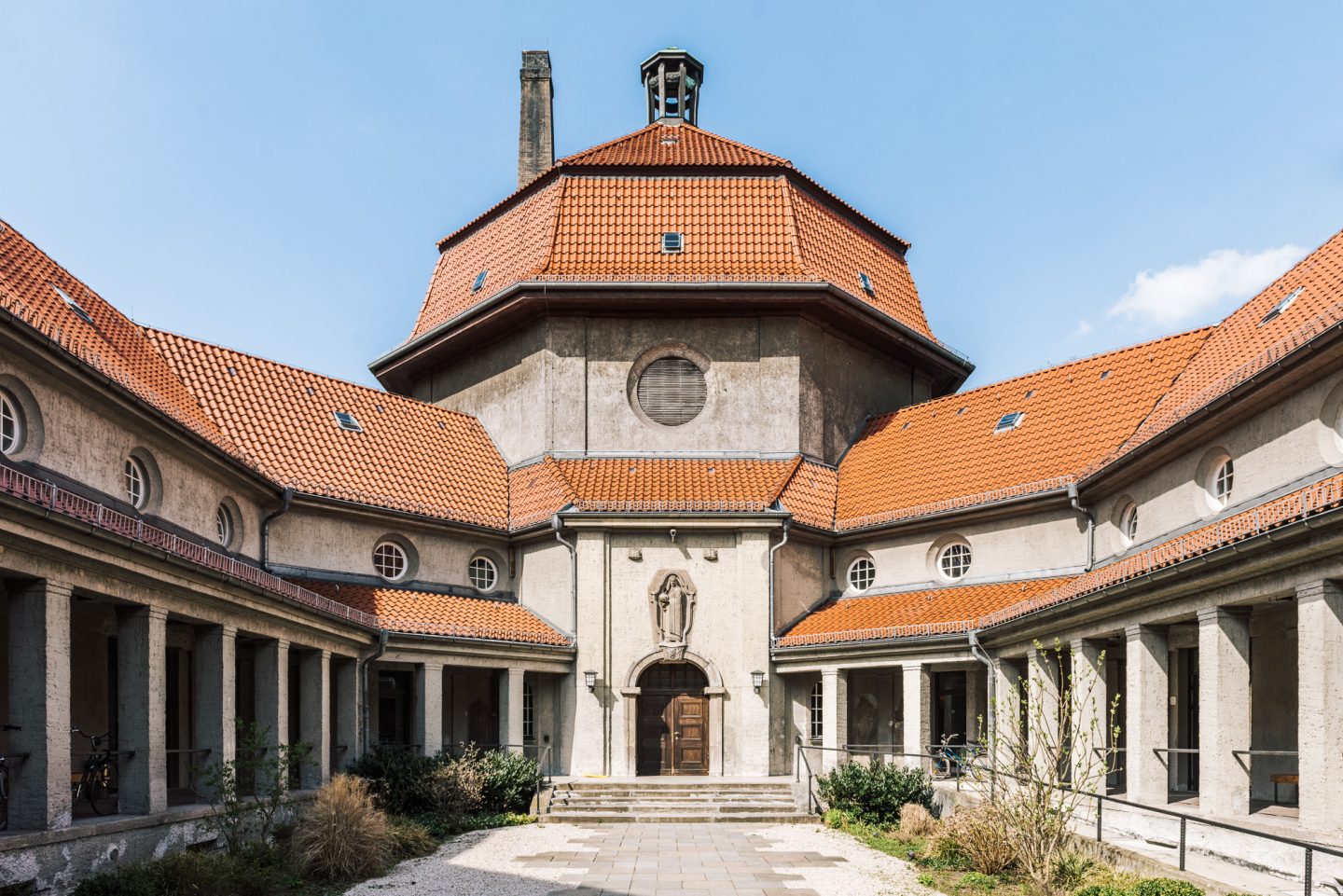
“What we have been trying to do in the last nine years at SAVVY is to show that it’s obvious,” Ndikung explains, “there is no topic you could bring to the table that I wouldn’t be able to find you an artist for who happens to come from Brazil or Korea, or from say, Congo.” As in life, it is a multiplicity of voices and perspectives that make art interesting, and in a city like Berlin where such diversity is deafening, why do so many institutions fail to represent diverse perspectives in a way that is not reductive?
When asked how institutions could avoid tokenism, Ndikung laughs and quips: “Well it’s actually very simple in my opinion.” As he outlined in ‘The Globalized Museum? Decanonization as Method: A Reflection in Three Acts’, institutions that desire true diversity must have diversification reflected in their projects, their public, and their personnel. When discussing the three Ps, Ndikung mentions ‘Not about us without us’, a slogan that was once plastered over much of Berlin. The essence of that slogan, it seems, is what he is demanding institutions enact — a reflection of our heterogeneous society in a sustainable and inclusive way.
“What you see [in many institutions] is the following,” Ndikung explains, “We say, ‘Oh, we’ve noticed that we have too few women in our collection’, so we rush, we invite some women here and we have a one-off show… and then we forget about the fact that women exist in the world, and we go back to business as usual. The same thing will be done with gay men and homosexuals in general. We’ll say, ‘Oh, we need to queer our museum! We’ll do one show called “Queering the Museum”!’, and then it’s done, and after that, we go back to our normal heteronormative structure.” The question for institutions, he continues, is not how to diversify per se, but how to normalize such diversity: “How do we make this more consistent, more sustainable? You know, because it’s about entangled histories — it’s not my history, it’s our history. We share those histories.”
Ndikung’s belief in diversity and multiplicity extends to the platforms across which SAVVY operates: “I don’t think it suffices to do an exhibition where we all just get in there, get a glass and look at some images.” The exhibition program at SAVVY points to a more tangible, multi-perspectival experience of the arts. Something that Ndikung relates to corporeal literacy: if how we move through the world is indicative of who we are, and where we are from — it makes sense that we experience art in this way too. From the discursive to the performative and the printed, SAVVY offers a prismatic programming experience.“Whenever we are doing a project, we create another arm.” Ndikung explains. “It’s multiple ways of viewing a ball. Because if you describe a ball from just one side you can claim the ball is round — but it’s not really what is on the other side, because maybe the light is different? Even if you’re describing the ball from one side, it is incomplete. At any given time you should try to have perspectives on that ball.”
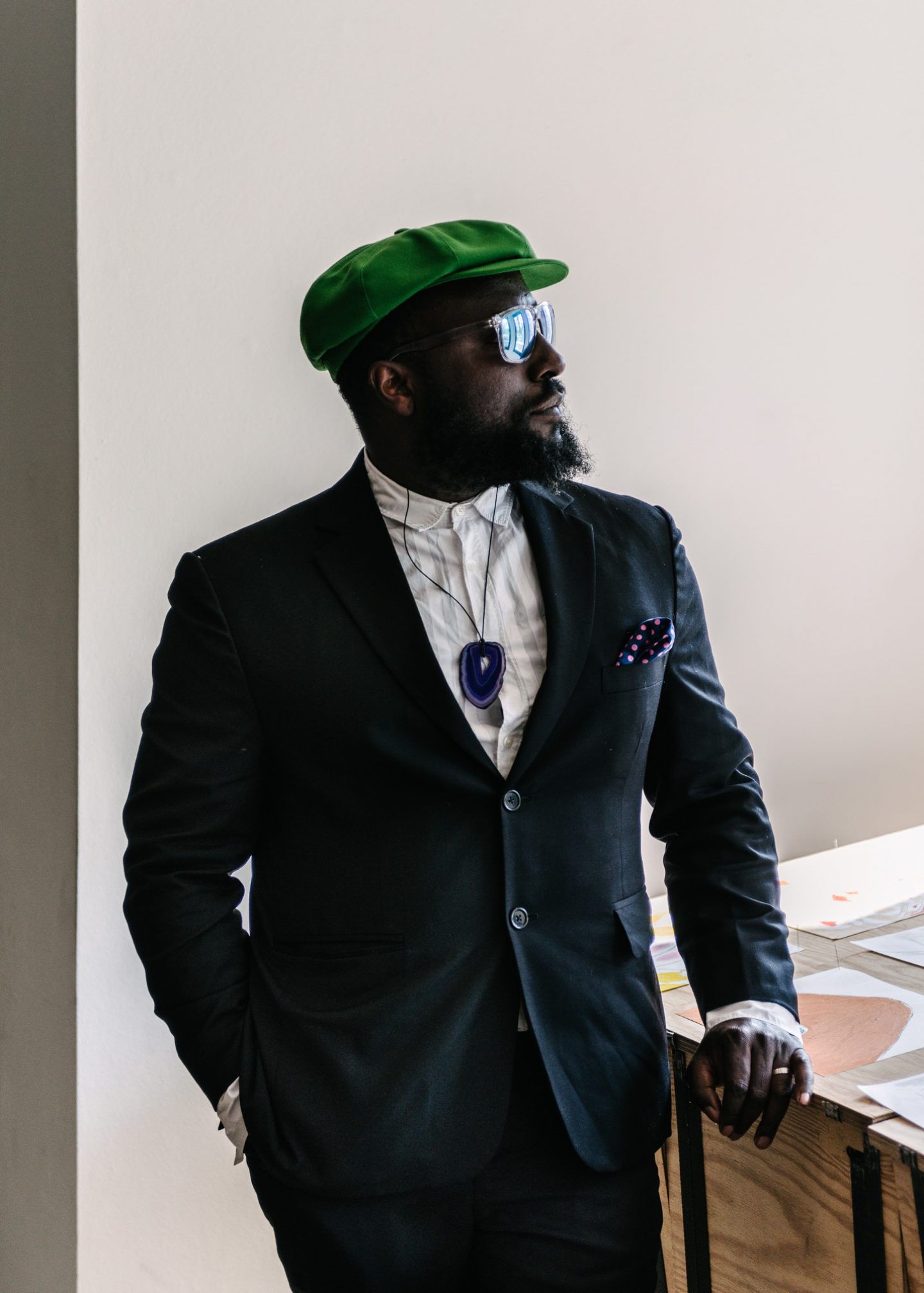
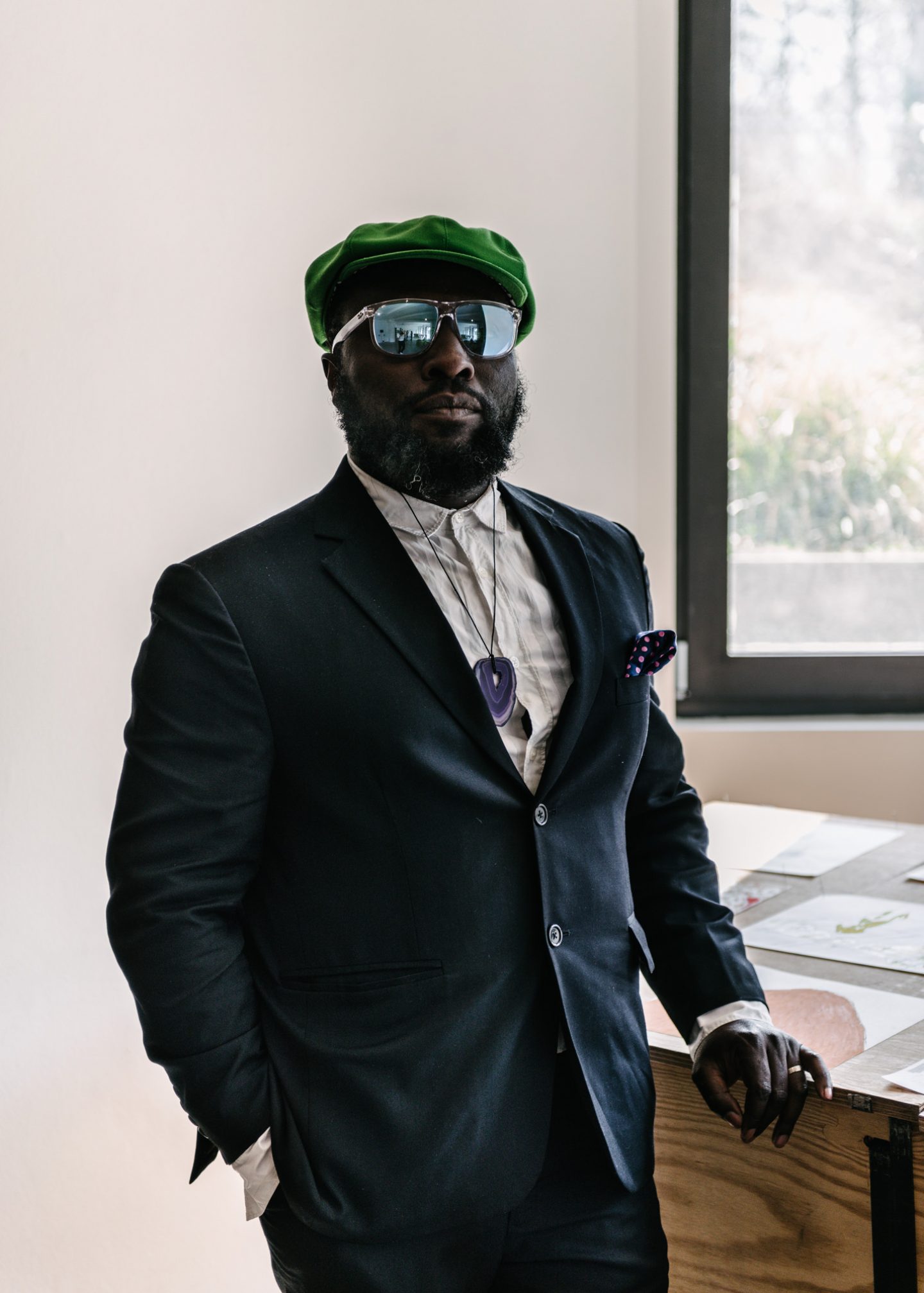
Take, for example, ‘We Have Delivered Ourselves From The Tonal of, with, towards, on Julius Eastman’, a project on the mercurial composer on show at SAVVY until the 6th of May. Consisting of an exhibition, performances, concerts, lectures and a publication, the project is expansive in its approach. It provides visitors with insight into the late Eastman’s work which has been largely excluded from traditional histories about minimalist music. “Our current exhibition…is about this constant negotiation: it’s this guy who has been written out of the canon,” Ndikung explains. “But why? Why was he written out of the canon? Why are the few people that talk about him limiting themselves to his blackness and his gayness when there are many other things that are important in his practice? Not meaning to say that his gayness and blackness are not important, but if you fetishize them, then you put him into a box, and you make him that token. But it’s not about that, the vision is how do we listen to the music, and how do we challenge the way that the history of minimal music has been written?”
Spaces like SAVVY are championing such challenges, and in doing so, they are asking that other institutions follow suit. “An art space is a friction zone. An art space must be a place of reflection. A recalibration even of aesthetics.” Ndikung explains. “It’s about you and me, it’s about how you find space in the world. How shall we live together? It’s about that. And an art space must be a place where a kind of critical mass is built. It must be a space of dissonance, it’s not supposed to be a space of harmony, you know, where we just meet and then we drink and then we go home and lie on our comfortable beds. Art must be a space of dissonance. There is nothing wrong with dissonance.”
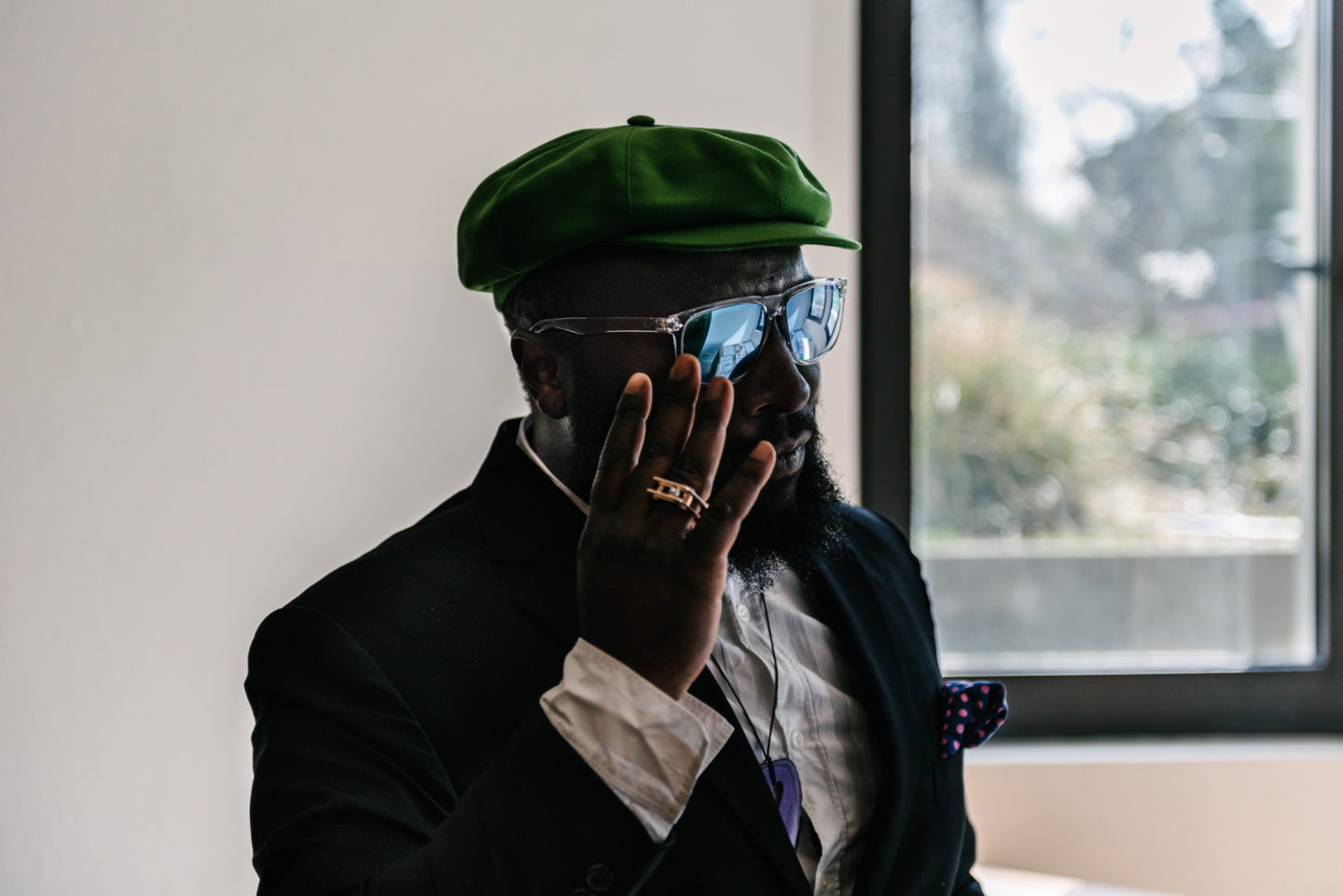
SAVVY Contemporary is composed of team members from twelve countries and five continents, trained as biotechnologists, art historians, cultural theorists, anthropologists, designers, and artists. You can find the interdisciplinary cultural center at Plantagenstraße 31, 13347 Berlin-Wedding.
Interview by Rosie Flanagan | All images © Daniel Müller for iGNANT Production
